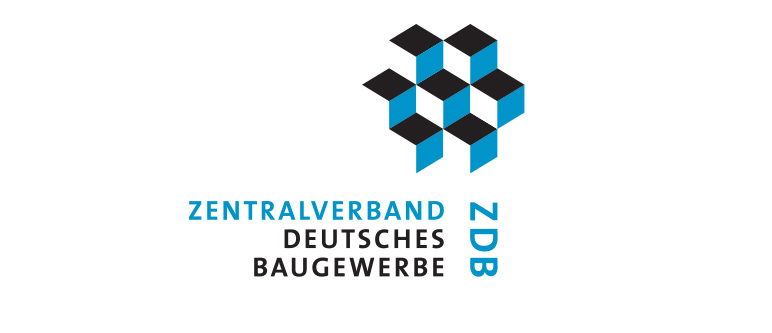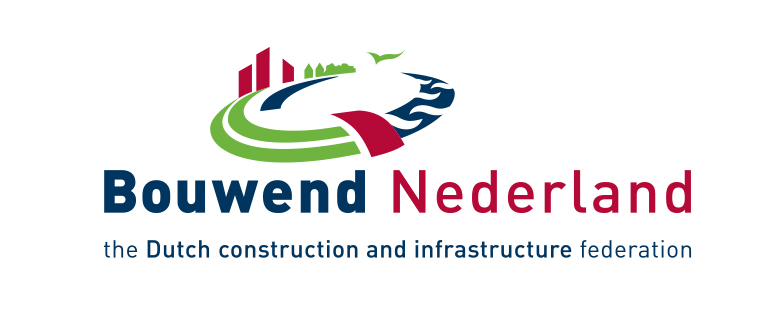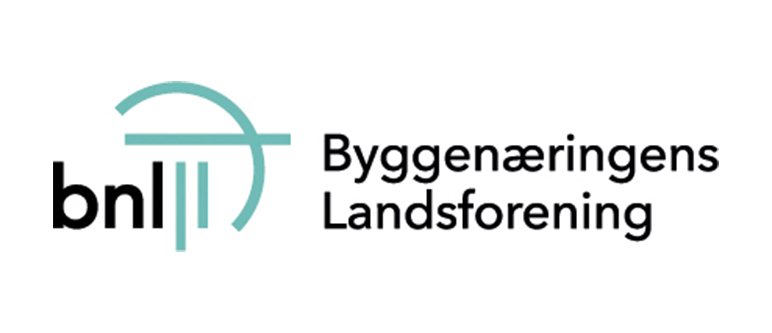Overall construction activity
After three years of expansion, Austria’s economy is coming close to the end of the latest upswing phase. In 2019, this was already evident as the economy grew by less than 2%. The gradual slowdown of the economy is having an impact on the labour market. Employment growth slowed down steadily in the first eight months of 2019. The decline in unemployment also slowed down significantly in 2019. The level of investment also declined in spring 2019. In contrast, construction activity has hardly lost any momentum in 2019 which was another strong, albeit weaker, year for the construction industry with an expected growth of 2.6% in real terms mainly thanks to the ongoing good performance in housing.
Housebuilding
Residential construction has been the driver of growth in construction over the last few years. It continued to contribute to construction growth in 2019 with 3.5%. However, this development was rather exceptional as building permits peaked in 2017. The trend has been reversed since. Although the total volume of residential construction is still high, there is little room for growth due to a continuous decrease in population growth.
GDP 2019
BILLION
POPULATION 2019
Total investment in construction in 2019
BILLION
Non-residential construction
Non-residential construction expanded dynamically in 2018. The sector benefitted from the favorable economic context driven by a sound export sector and strong private consumption. One of the main drivers was the construction of industrial facilities which strongly increased (9.3% in 2018). New office construction showed a vigorous increase (8.1% in 2018), also because of large scale city development areas. The latest data indicate that the peak of growth in non-residential construction was reached in 2018. Nevertheless, the segment continued to grow in 2019, but at a much lower rate of 1.9%. As international trade and economic development in general weaken, private investment is also growing only moderately, which is impeding industrial construction amongst others. Additionally, new office construction will decline since several large-scale projects were completed in 2018. Ongoing tough competition in a saturated market is reducing the potential for investment in commercial construction. These elements led to a minor growth of 2.5% in total non-residential construction in 2019.
Civil engineering
Civil engineering recovered only recently, with the first upswing appearing in 2017. Increasing tax revenues and declining public deficit in the wake of the economic upswing stimulated transport investments in 2018. Therefore, total civil engineering activity continued to increase reaching a growth rate of 3.1% in 2018. It was mainly the expansion of the rail network that contributed to the good result in civil engineering. In 2019, activity in civil engineering continued its growth path, although at a slower pace. Investments of the Austrian Federal Railways were significantly lower. This reduction in investment could not be compensated by an increase in investments for road infrastructure (4.6% in 2019). Therefore, the growth rate in civil engineer-ing was only at 2% in 2019.
| Per cent variation of investment in real terms on previous year | |||||||
| investment Mln. € fixed prices | |||||||
| Sectors | 2019a | 2016 | 2017 | 2018 | 2019a | 2020b | |
| 1. | Building | 2,028 | 9.1 | 22.9 | 23.8 | 2.5 | NA |
| 1.1. Housebuilding | NA | 35.8 | 22.0 | NA | NA | NA | |
| 1.1.1. New | NA | 50.5 | 12.4 | NA | NA | NA | |
| 1.1.2. R&M | NA | 14.7 | 40.9 | NA | NA | NA | |
| 1.2. Non residential (c) | NA | -2.3 | 23.3 | NA | NA | NA | |
| 1.2.1. Private | NA | NA | NA | NA | NA | NA | |
| 1.2.2. Public | NA | NA | NA | NA | NA | NA | |
| 2. | Civil Engineering | 884 | -3.1 | 30.1 | 12.4 | -4.3 | NA |
| (1 + 2) | Total Construction | 2,911 | 4.8 | 25.2 | 20.0 | 0.3 | NA |
| a: estimate - b: forecast - c: incl. R&M | |||||||
| Number of building permits in residential construction | |||||||
| 2016 | 2017 | 2018 | 2019a | 2020b | |||
| single dwelling | 1,606 | 1,908 | 1,745 | 1,894 | NA | ||
| collective dwelling | 4,415 | 5,969 | 5,245 | 6,131 | NA | ||
| other types of dwelling | NA | NA | NA | NA | NA | ||
| Total | 6,021 | 7,877 | 6,990 | 8,025 | NA | ||
| (Collective dwellings and other types of buildings: in number of flats) | |||||||



































